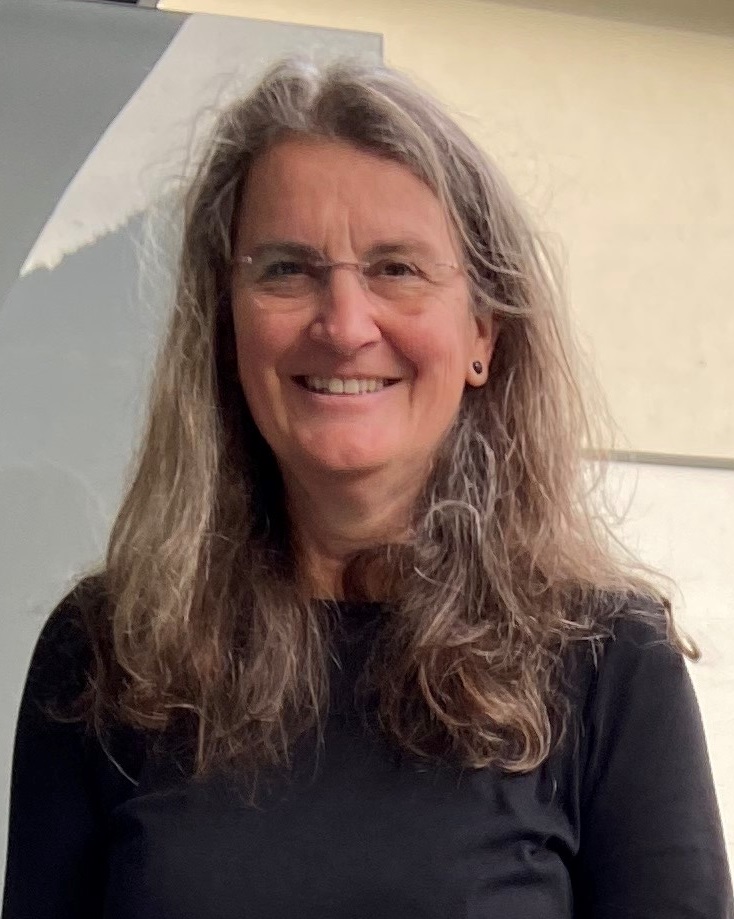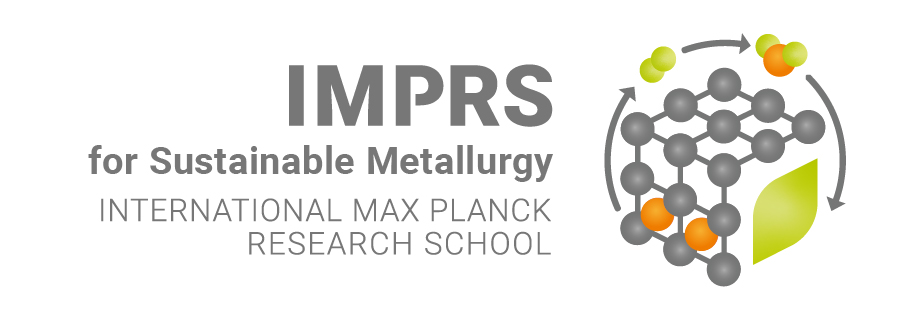In situ structure-property relationship studies of inorganic catalysts for the energy transition
Speaker: Prof. Dr. Claudia Weidenthaler - Department of Heterogeneous Catalysis - Max-Planck-Institut für Kohlenforschung

Host: on invitation of Prof. Christina Scheu
Abstract
The energy transition requires the introduction of sustainable energy sources. Hydrogen is one of these options, but its efficient and sustainable production from water splitting as well as its storage is still a challenge. In order to understand the structure-property at different length scales, it is essential to combine complementary in situ/operando techniques with ex situ analysis. X-ray total scattering techniques are used to analyze non-crystalline or disordered structures, while the analysis of ordered crystal structures is based on X-ray diffraction data. Electron microscopy and spectroscopic methods such as X-ray photoelectron, Raman and X-ray absorption spectroscopy complete the portfolio of analytical tools. Powder diffraction measurements or spectroscopic data are often used to study structural changes induced by a reaction. However, studying a material before and after the reaction is often insufficient to understand its behavior during the specific reaction. Today, in situ studies under non-ambient conditions, such as elevated temperature, can be considered as standard methods. One step further, operando studies under working conditions allow the correlation of structural changes with performance data. This presentation will discuss strategies to gain insight into different chemical and structural processes. The focus of the work presented here is on energy relevant materials, mostly activated by inorganic catalysts. Reaction conditions range from elevated gas pressures, chemical reactions under variable gas compositions, to mechanical forces in ball mills. In situ methods have been used for monitoring:
(a) Hydrogenation-rehydrogenation reactions in solid hydrogen storage materials [1].
(b) Inorganic catalysts during cracking of ammonia (NH3), a promising hydrogen carrier molecule [2].
(c) The nucleation and crystallization of X-ray amorphous metal oxide photocatalyst clusters and nanoparticles [3].
(d) The successful implementation of operando investigations on mechanochemical/ mechanocatalytic processes taking place in a ball mill [4].
References
1. Moury, R.; Hauschild, K.; Kersten, W.; Ternieden, J.; Felderhoff, M.; Weidenthaler, C. An in situ powder diffraction cell for high-pressure hydrogenation experiments using laboratory X-ray diffractometers. J. Appl. Cryst. (2015) 45(1), 79-84.
2. Tseng, J.C.; Gu, D.; Pistidda, C.; Horstmann, C.; Dornheim, M.; Ternieden, J.; Weidenthaler, C. Tracking the active catalyst for iron-based ammonia decomposition by in situ synchrotron diffraction studies. ChemCatChem. (2018) 10, 4465-4472.
3. Onur Şahin, E.; Tüysüz, H.; Chan, C. K.; Moon, G.-H.; Dai, Y.; Schmidt, W.; Lim, J.; Scheu, C.; Weidenthaler, C. In situ total scattering experiments of nucleation and crystallisation of tantalum-based oxides: from highly dilute solutions via cluster formation to nanoparticles. Nanoscale (2021) 13(1), 150-162.
4. Rathmann, T.; Petersen, H.; Reichle, S.; Schmidt, W.; Amrute, A. P.; Etter, M.; Weidenthaler, C. In Situ Synchrotron X-Ray Diffraction Studies Monitoring Mechanochemical Reactions of Hard Materials: Challenges and Limitations. Rev. Sci. Instrum. (2021) 92(11), 114102.


